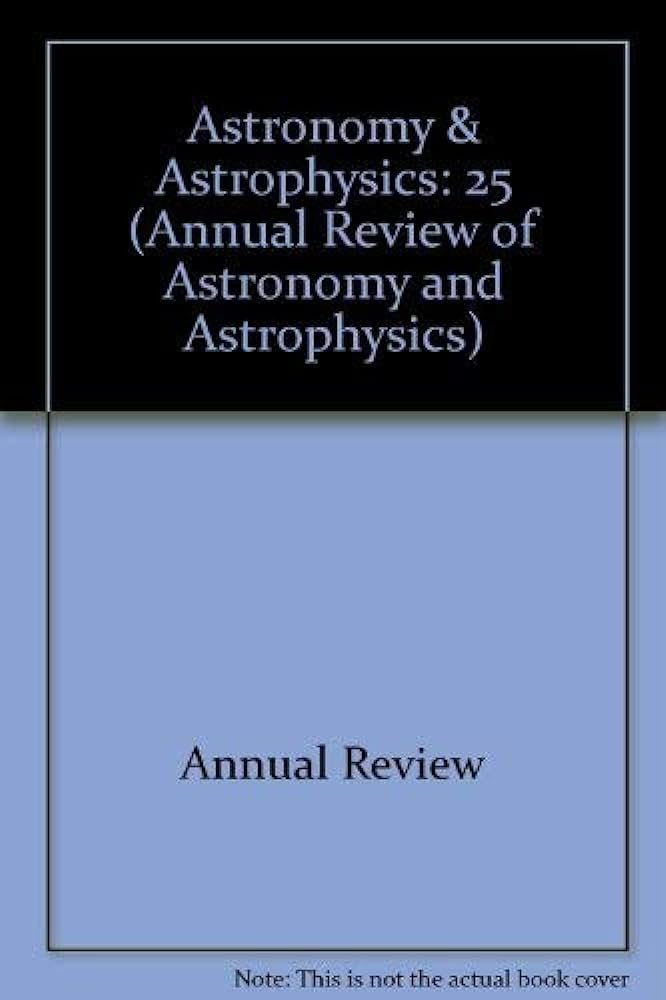赫罗图上的星震学
IF 32.5
1区 物理与天体物理
Q1 ASTRONOMY & ASTROPHYSICS
Annual Review of Astronomy and Astrophysics
Pub Date : 2022-04-08
DOI:10.1146/annurev-astro-052920-094232
引用次数: 12
摘要
星震学已经从30年前开始发展成为一个成熟的领域,发现和应用都很丰富。这一惊人的增长得益于空间测光技术,其精度比地面观测高10-100倍,具有持续数周至数年的几乎连续的光曲线,以及跨越数年的大规模地面观测,旨在探测所有时变现象。新的高精度数据充满了惊喜,加深了我们对恒星物理的理解。▪本综述主要通过开普勒和凌日系外行星巡天卫星空间任务对大质量上主序OBAF恒星、主序前恒星、特殊恒星、经典脉冲星、白矮星和亚矮星以及潮汐相互作用的近距离双星的光曲线,探讨了过去十年的星震发展。太空任务使许多种类的脉动星的数量增加了一个数量级。▪星震学测量基本的恒星参数和恒星内部物理——质量、半径、年龄、金属丰度、光度、距离、磁场、内部旋转、角动量转移、对流超调、核心燃烧阶段——支持不同的领域,如银河系考古学、系外行星宿主恒星、超新星祖先、伽马射线和引力波前体、近双星起源和演化,以及标准蜡烛。星星是宇宙的发光示踪剂。星震学极大地改进了恒星结构和演化的模型,所有的恒星推断都依赖于这些模型。《天文学年鉴》第60卷的最终在线出版日期预计是2022年8月。修订后的估计数请参阅http://www.annualreviews.org/page/journal/pubdates。本文章由计算机程序翻译,如有差异,请以英文原文为准。
Asteroseismology Across the Hertzsprung–Russell Diagram
Asteroseismology has grown from its beginnings three decades ago to a mature field teeming with discoveries and applications. This phenomenal growth has been enabled by space photometry with precision 10–100 times better than ground-based observations, with nearly continuous light curves for durations of weeks to years, and by large-scale ground-based surveys spanning years designed to detect all time-variable phenomena. The new high-precision data are full of surprises, deepening our understanding of the physics of stars. ▪ This review explores asteroseismic developments from the past decade primarily as a result of light curves from the Kepler and Transiting Exoplanet Survey Satellite space missions for massive upper main sequence OBAF stars, pre-main-sequence stars, peculiar stars, classical pulsators, white dwarfs and subdwarfs, and tidally interacting close binaries. ▪ The space missions have increased the numbers of pulsators in many classes by an order of magnitude. ▪ Asteroseismology measures fundamental stellar parameters and stellar interior physics—mass, radius, age, metallicity, luminosity, distance, magnetic fields, interior rotation, angular momentum transfer, convective overshoot, core-burning stage—supporting disparate fields such as galactic archeology, exoplanet host stars, supernovae progenitors, gamma-ray and gravitational wave precursors, close binary star origins and evolution, and standard candles. ▪ Stars are the luminous tracers of the Universe. Asteroseismology significantly improves models of stellar structure and evolution on which all inference from stars depends. Expected final online publication date for the Annual Review of Astronomy Volume 60 is August 2022. Please see http://www.annualreviews.org/page/journal/pubdates for revised estimates.
求助全文
通过发布文献求助,成功后即可免费获取论文全文。
去求助
来源期刊

Annual Review of Astronomy and Astrophysics
地学天文-天文与天体物理
CiteScore
54.80
自引率
0.60%
发文量
14
期刊介绍:
The Annual Review of Astronomy and Astrophysics is covers significant developments in the field of astronomy and astrophysics including:The Sun,Solar system and extrasolar planets,Stars,Interstellar medium,Galaxy and galaxies,Active galactic nuclei,Cosmology,Instrumentation and techniques,
History of the development of new areas of research.
 求助内容:
求助内容: 应助结果提醒方式:
应助结果提醒方式:


